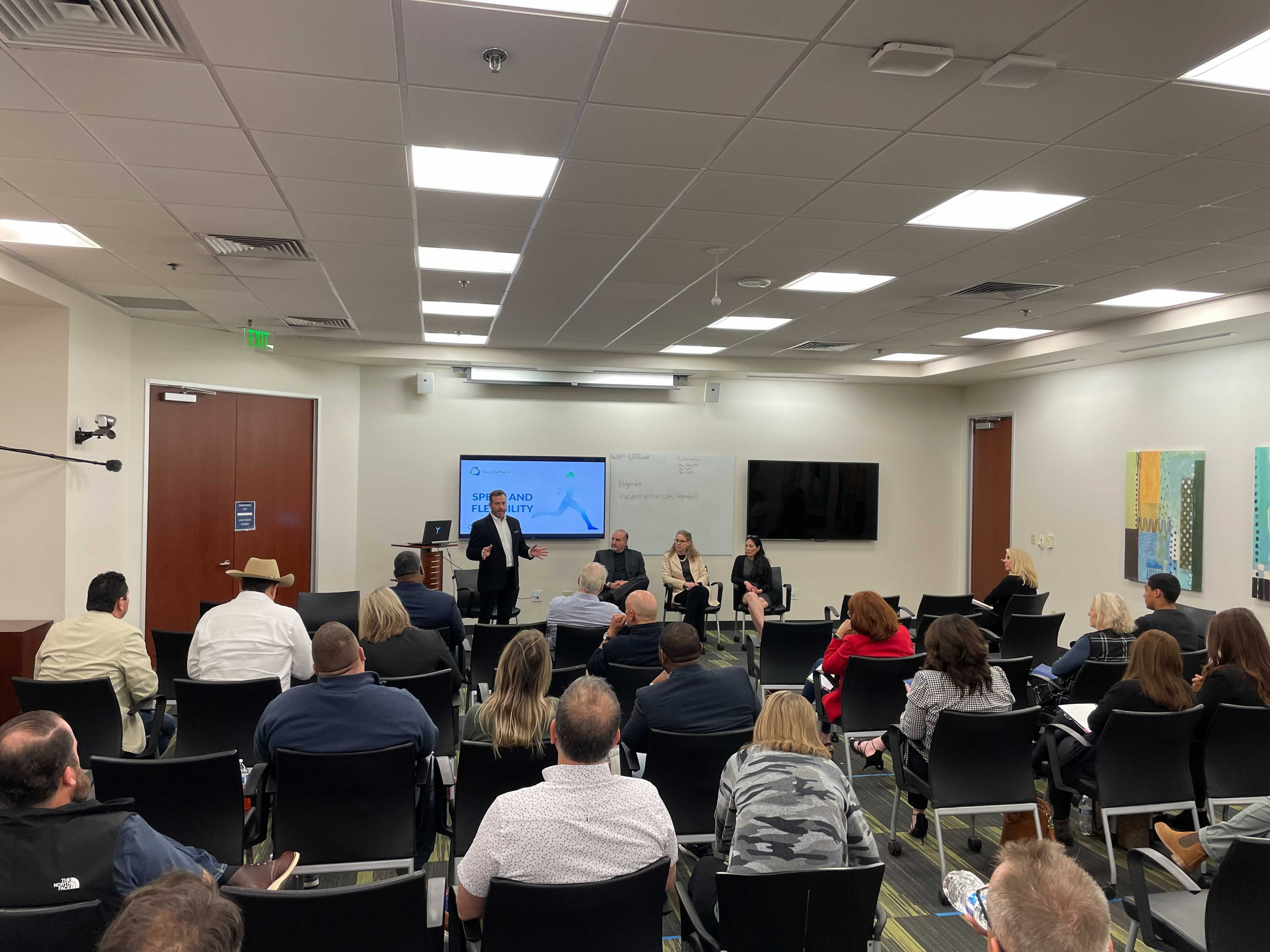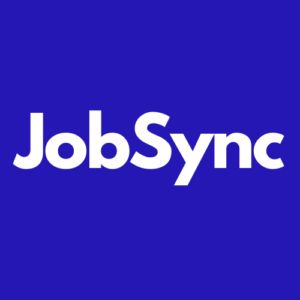
The recruiting process is the process of telling your story past, present and future – for both the candidate and the company. For many years, this was about putting your best foot forward, wearing your best suit, saying the right things, hiding things about yourself (or the business) that might be a turn off. Blend in, while standing out. Be like they want you to be.
Companies – hide those bad reviews, limit the interview opportunities, don’t let candidates talk to regular employees. Say yes when asked about insurance, don’t mention that it covers little and the employee has high premiums. Make sure you are controlling the interview, the narrative, and the process.
Young women, don’t share that you have small children. Young men – be married (even if you’re not). Don’t be too plain, or too flamboyant. Be smart – but not smarter than the hiring manager. Your authentic self needs to stay home. Your interview self needs to be polished and ready to perform. And that authentic self, doesn’t get to join the company once you do. Children, elderly parents, health, grief, joy, and your personal passions are only permitted on surface level.
A slow whittling away of these false pretences accelerated in 2020 and even more to 2021. Your whole self (and) life is online….and all the good, bad, and ugly of companies is more and more accessible to candidates. There is no clear driver in the interview process and the best candidates [the game changers] know that they don’t have to play the corporate interview game. But employees, even more than candidates, have changed the narrative of how and what they want to do. People are leaving jobs with no new opportunity, they are walking away from bad bosses and corporate political BS. #Metoo and BLM drove more women and people of color to demand equal opportunities and forced companies to reckon with their all while male leadership infrastructure.
Jason Seiden kicked off TalentNet Live by sharing his heartfelt and gut wrenching account of losing his daughter, Elle. The grief, the depression, literally pulling himself off the floor. Extremes in our lives are not things we can hide – like a tattoo on your face, grief of this magnitude comes with you to work. And workplaces need to contend with these very human experiences and support not demand a happy face from our authentic employees.
For those workplaces who have found that they are capable of supporting their authentic employees and their whole selves, how do you share that with candidates in an authentic and believable way? How do you separate yourself from those companies who are still faking it until they make it? Can technology accelerate how a company shares its authentic self? Can a conversational AI be taught your culture?
Nicky D. Gibson, Kat Drum, and Camille H. Tate think this is the way forward. Have a deeply rooted idea of who the company is [and isn’t] and allow candidates to self-explore to understand if that kind of culture has alignment with their own values and expectations. Is this a company where people work in the office in ties? Do they support the Pride movement? Are people kind or polite? What is the difference? How does the business handle conflict? These are really hard questions, but a place that getting to will help candidates sort themselves in or out based on the expectations and previous experiences.
4.4 Million people quit their jobs in September – annualized that could be 52.8 Million people who quit in the next 12 months. That’s 33% of the US workforce (161.46M) who will want to know about the culture of your company while perusing those jobs you have open. Ahem, 2.5x more jobs open than candidates available…
Jay Denton told us that those culture issues we heard about – one company’s challenge is your opportunity and a lot more than 4.4 Million people are out there looking for their next opportunity where they can bring more of their whole self (and whole life) to the workplace. The questions for you to consider are:
Is the job you’re looking to fill, a fillable job? Is the skills gap you’re complaining about really just unrealistic expectations?
Can you get them through your recruitment process quickly? Or has your process put unreasonable demands on your candidates? Is your application process 20, 30 or 40 minutes long? Do you need to create the strongest password known to man? Is 7 or 9 interviews really necessary? Do you need 300 candidates to start the interview process? Should you rethink the gauntlet you put candidates through for them and still get them to say yes?
Speaking of yes, can you get candidates to collaborate to yes – stepping away from the combative negotiation that candidates are typically put through?
Jay Denton shares how to step back and evaluate your recruiting expectations with the reality of the world we are operating in today. Make sure everything from the job requirements to the details of the process are operating within the realities of our current labor market. If you have built job templates, processes or expectations 3, 5, or 7 years ago, it’s time to take a serious look internally to maximize your ability to outmaneuver other companies.
David Bernstein, Betty Jeng, and Carrie Corcoran piled on to answer Jay’s question while exploring how the technology can either be a help or a hindrance to getting candidates through the process, quickly. Starting with the first moment a candidate interacts with your job on a job site to every barrier you might throw in front of them such as clicking off to your career site, forcing those passwords, to unrealistic multi-page applications, candidates are continuing to increase their abandonment of your application process – candidates you often paid for.
The alternative has the opposite effect, more candidates through (yay!) but a nightmare for recruiters, increasing screening time, lower callback numbers, etc.
The best experience for candidates is often tied to the best experience for recruiters. Leveraging integrated technology is one way to get those critical recruiter efficiency questions answered, but on the medium (job site’s easy apply) that candidates prefer.
The quicker you get to a candidate that wants to say yes (and not lose them to quicker or better processes), you need to get them to sign on that dotted line. But the ‘No’s’ are increasing. And if Jay Denson is right (he is) about 33% of the workforce that are (or going to be) in motion, you need each offer you make to get to a yes. William Tincup says there is a simple way to get a ‘Yes’. Remembering that candidates are moving fast. And as recruiters you need to anticipate the candidate’s responses and be ready. Change the narrative, build your offer letters with candidates, not for them. Remove the arrogance of bestowing a magical offer letter to them, eliminate the combative negotiation – open a Google doc with the candidate and add your notes from your conversations with them and add the critical elements that you know will get you a ‘Yes’.
So where does this leave us or better what does this set us up with? Craig Fisher tells us to remember it is all about experiences. We need to look internally and externally at how we are portraying ourselves in our actions and our interactions and how that, in turn, creates experiences for everyone involved. Are we helping people (candidates, recruiters, hiring managers and employees) bring their whole selves to work and interviews – are we sharing all of who we are as people as businesses and are we letting candidates share their whole selves as potential employees? Are our hiring managers flexible enough to adjust to their rapidly changing hiring environment and are our technologies and processes supporting us or are they creating the opportunity for other more agile companies to slip in and take our best candidates (and employees)?

